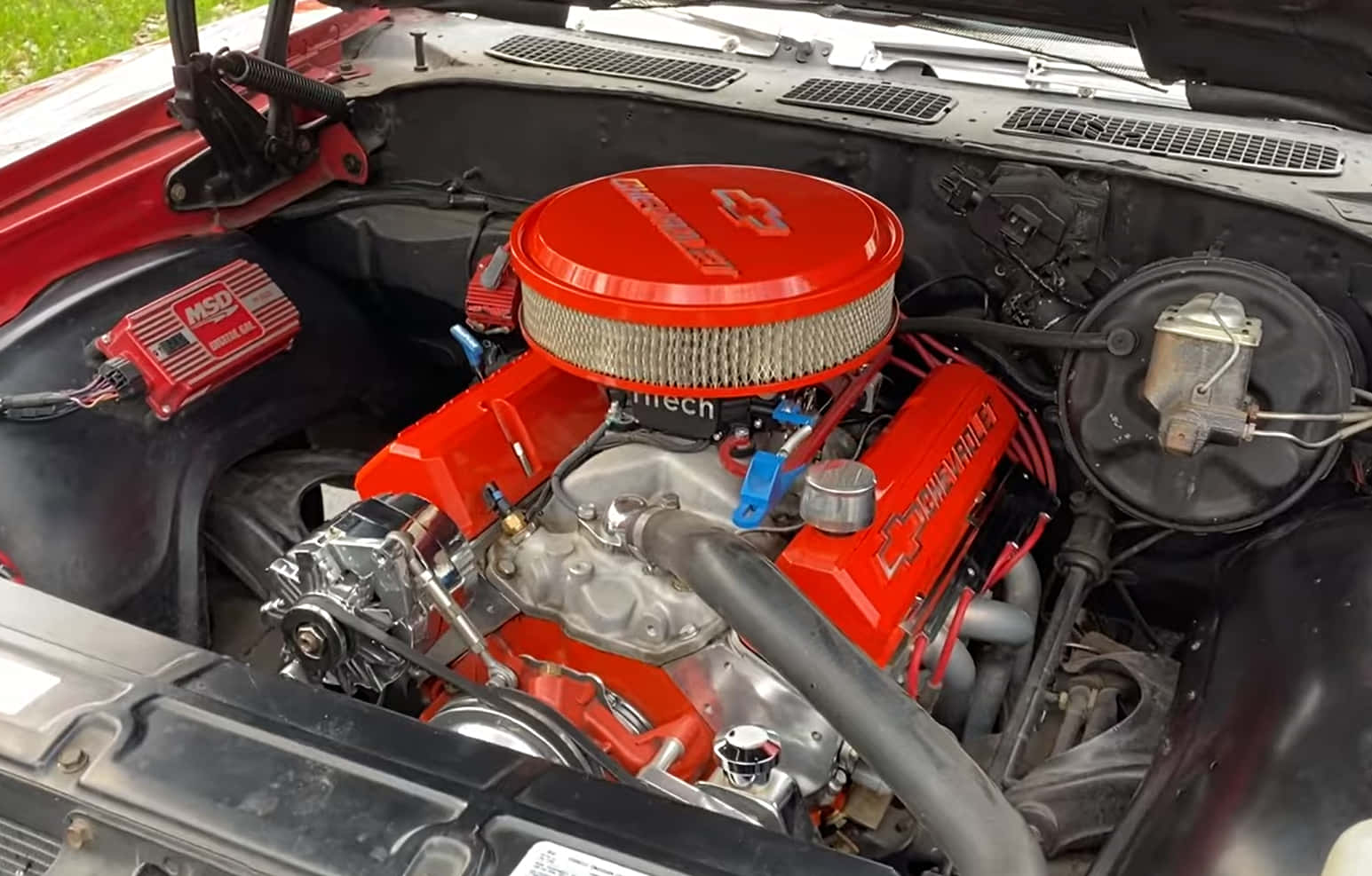So, you are wondering how much does it cost to build a 383 stroker. Well, you’re in the right place!
A stroker kit boosts the displacement of your engine as it lengthens the piston’s stroke. The kit usually comes with bespoke engine parts, which are altered from the OEM ones. This helps to boost the stroke and let the piston travel up and down your cylinder using a different crankshaft.
To prevent the piston from crashing right onto the cylinder head, you need other aftermarket modifications. For instance, set the piston pin higher up your connecting rod. You can also shorten the rod as an alternative. This way, you can prevent the need for complex CNC machining of the cylinder walls or heads to add a longer stroke.
With an increase in the stroke, this also results in the increase in the engine’s torque output because of the extra leverage generated by the distance a force acts from.
Power is closely linked to the engine speed’s torque output. Hence, when you increase the horsepower, there is also a boost in stroke.
When building a 383 stroker, you need to be prepared for the cost. Do keep in mind that it is a complex process, which is why the price can be rather steep. For instance, you can put together a 383 that can handle between 400 and 450 horsepower for around $1500 to as much as $1600. This is considered as a short block.
However, you can also build one for about $1200 for the whole thing with the exception of new rings, bearings, and pistons.

Additional Facts About The 383 Stroker
A 383 stroker comes with a 0.030 over bore, which gives you about 4.030 bore diameter. When you put the 400 crank in your 350, this maximizes the stroke to as much as 3.2004.
Generally, stroke motors were not considered reliable a few years back. However, with some redesigning and testing, they are now regarded as reliable just like a stock motor is. This is possible with proper maintenance.
When we talk about a 350 and a 383, the former has a stroke length of 3.48 and uses 350 cubic inches of your engine. Then, when stroked out, this means a 3.75-per cylinder, thus making the app a 383 cubic inch. This also allows for improved volume of room for the fuel and air firing chamber.
Some people wonder if a 383 is better than 400 or the other way around. Basically, the 383 is better in terms of the RPM range. There is also plenty of low-end torque. On the other hand, the 400 is more suitable for a truck engine. But when done correctly, you can also use it for your car engine.
Stroker kits basically boost the compression. This is made possible unless you increase the head volume or the pistons your vehicle has are dished.
Read More: How To Make A V6 Sound Like A V8 – Expert Tips You Should Know
Is Building A 383 Stroker Worth It?
There are challenges involved when building a robust 383 mainly because of the rotating assembly’s geometry, as well as the cylinder block’s parameters. All of the small-block castings come with a deck height of 9.025 inches. This means that the pistons’ compression height is a very critical element. It also determines how your piston fits appropriately relative to the top of the stroke’s deck surface.
To ensure the accurate compression height in a 400-small-block just like the 350 engine, Chevrolet vehicles have a shorter connecting rod length at about 5.565 inches. All of the other small-block varieties used come with rods measuring 5.700 inches long.
There were 383 builders from years back that tried using the 400 rods because these were matched with their crankshaft. However, it only resulted in too much side-loading on cylinders because of the smaller bores of the 350 block.
Hence, a 6.000-inch length of the connecting rod is a more practical option for the 383. Moreover, this minimizes side-loading. The only trade-off is a short piston that helps to attain the right compression height. This also pushes the wristpin up and right into the ring land. This needs special accommodations to fit the rings.
Nowadays, there are many aftermarket 383 types of rotating kits available. They also offer matched pistons sized for decked blocks. As a result, this saves time as there is no need to calculate the compression height required.
Final Thoughts
Building a 383 stroker can be an expensive project but worth it when done right. You need to make sure that you have all the components available and do your math right to achieve the optimal dimensions required. This way, you can attain the results you want and without breaking the bank exponentially to make it all happen.